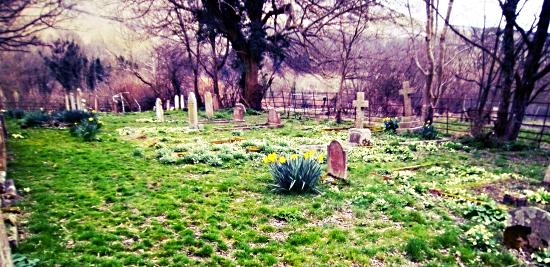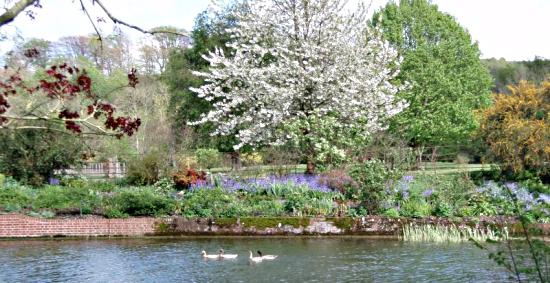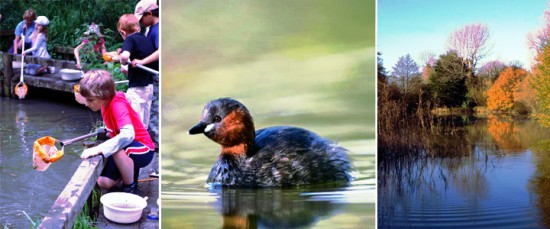 The Bluebells at Furzefield should be good from this weekend for a while (depending on the weather).
The Bluebells at Furzefield should be good from this weekend for a while (depending on the weather).
Do please come up and have a look – but it would be good if you could ring 857271 beforehand.
No dogs and children under control, please.
Bob & Pam Rowland









